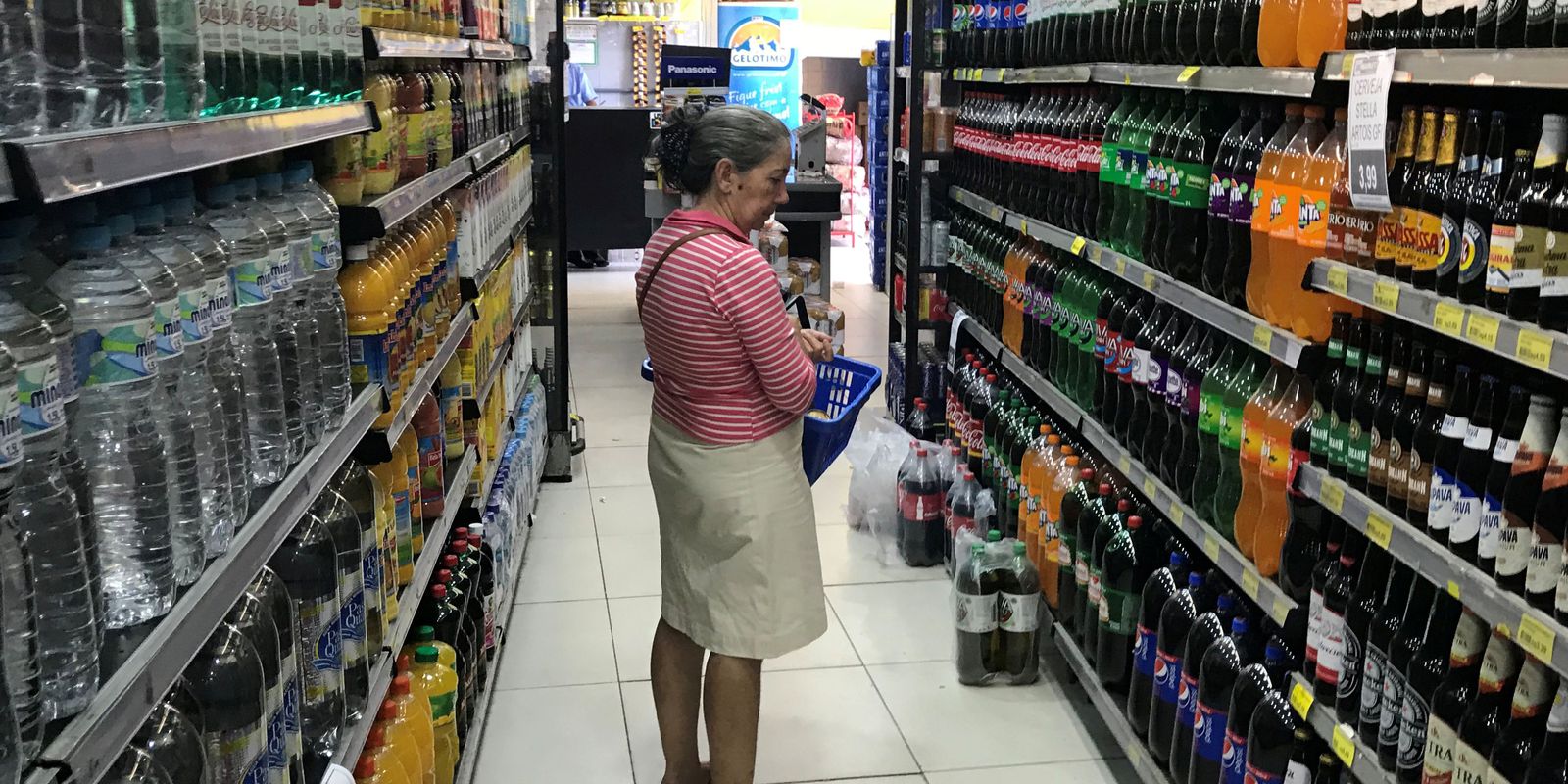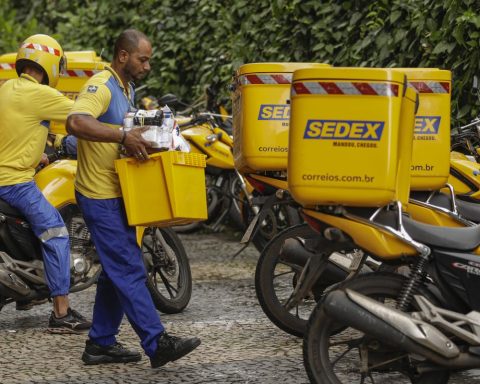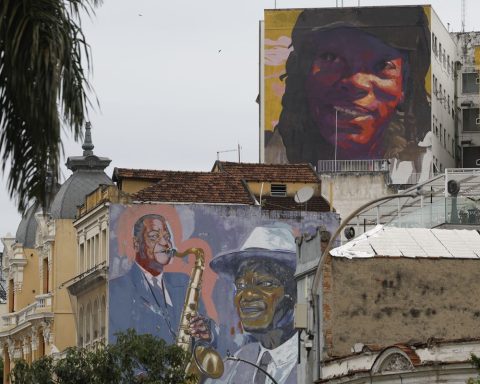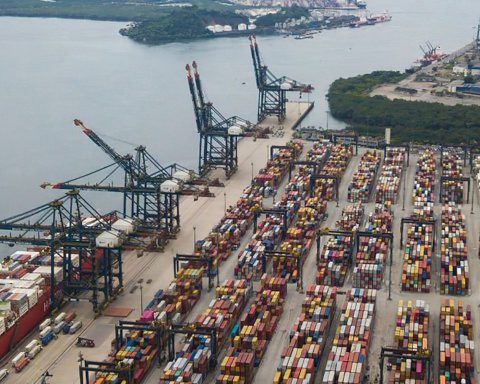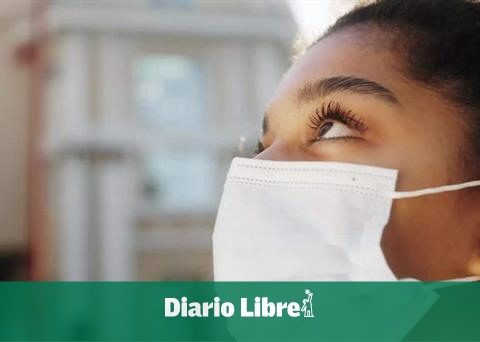The Cost of Living by Social Class (CVCS) increased by 0.6% in May in the metropolitan region of São Paulo. Even so, the result shows a deceleration in the cost of living since, in the previous month, the variation registered was 1.33%.
According to the index of the Federation of Trade in Goods, Services and Tourism of the State of São Paulo (FecomercioSP), the deceleration was mainly the result of the reduction in the residential electricity tariff (-11.7%), after the return to the flag green, which was reflected in housing-related costs, which fell by 1.6%.
In the housing group, the drop in the price of bottled gas (-3%) also contributed to the lower rise in the CVCS. Most of the other groups analyzed had an increase, the most significant being that of transport, with 1.99%. The rise was driven by both trade and services. In the first case, there were increases in gasoline (1.3%) and diesel oil (4.2%), in addition to increases in motorcycles (3.3%) and accessories and parts (2%). In the second, what most influenced the result was the increase in airline tickets (21.6%), also impacted by the rise in oil prices.
According to the index, food, which rose 0.66%, spreads inflation across several items, such as cheese (4.5%), beans (6.7%), French bread (1.6%) and the rump (3.4%). Products that rose excessively in recent months had corrections in their values, such as tomato, which led the fall, with -25.2%, followed by lettuce (-4.4%) and carrots (-17.5%).
The readjustment of drug prices at the end of April had an impact on health-related costs, which rose 1.05%, making anti-inflammatory drugs more expensive (3.8%); analgesics and antipyretics (3.4%); hygiene and beauty products (5.1%); and soaps (2.8%). The impact was greater for the lower income brackets: for classes E and D there were increases of 1.97% and 1.68%. For class A, the average increase was 0.98%.
Apparel increased by 1.88% in May, with emphasis on children’s shirts and pants, both with a change of 3.8%, followed by men’s shirts and women’s pants (3.7%). The other highs were found in household articles (0.36%); in personal expenses (0.45%); and in communication (0.17%). Only the education group showed a decrease (-0.05%).
“It is still not possible to point out the slowdown as a trend for the cost of living in the metropolitan region of São Paulo. Agricultural and energy commodities continue to rise in the international market. In addition, the exchange rate is under pressure, which makes the scenario of reduction of imported products and products traded and related to the US currency internally difficult”, analyzed FecomercioSP.
According to the entity, it is worth mentioning the new fuel adjustment made by Petrobras in June, which should keep the CVCS under pressure. Although the prices of some food items, which had a big increase at the beginning of the year, are returning to normal, they affect the CVCS less. Therefore, there is no indication of improvement in the costs and impact of the families’ budget in the short term.
